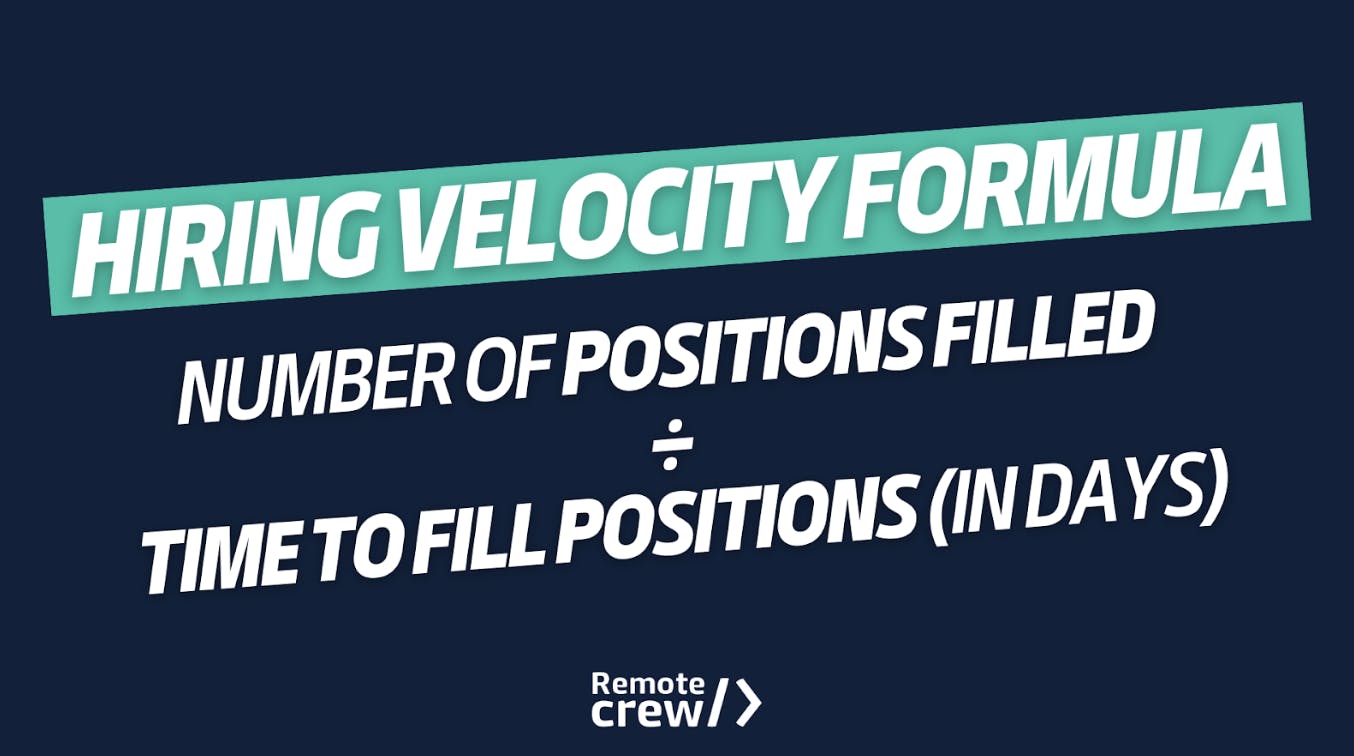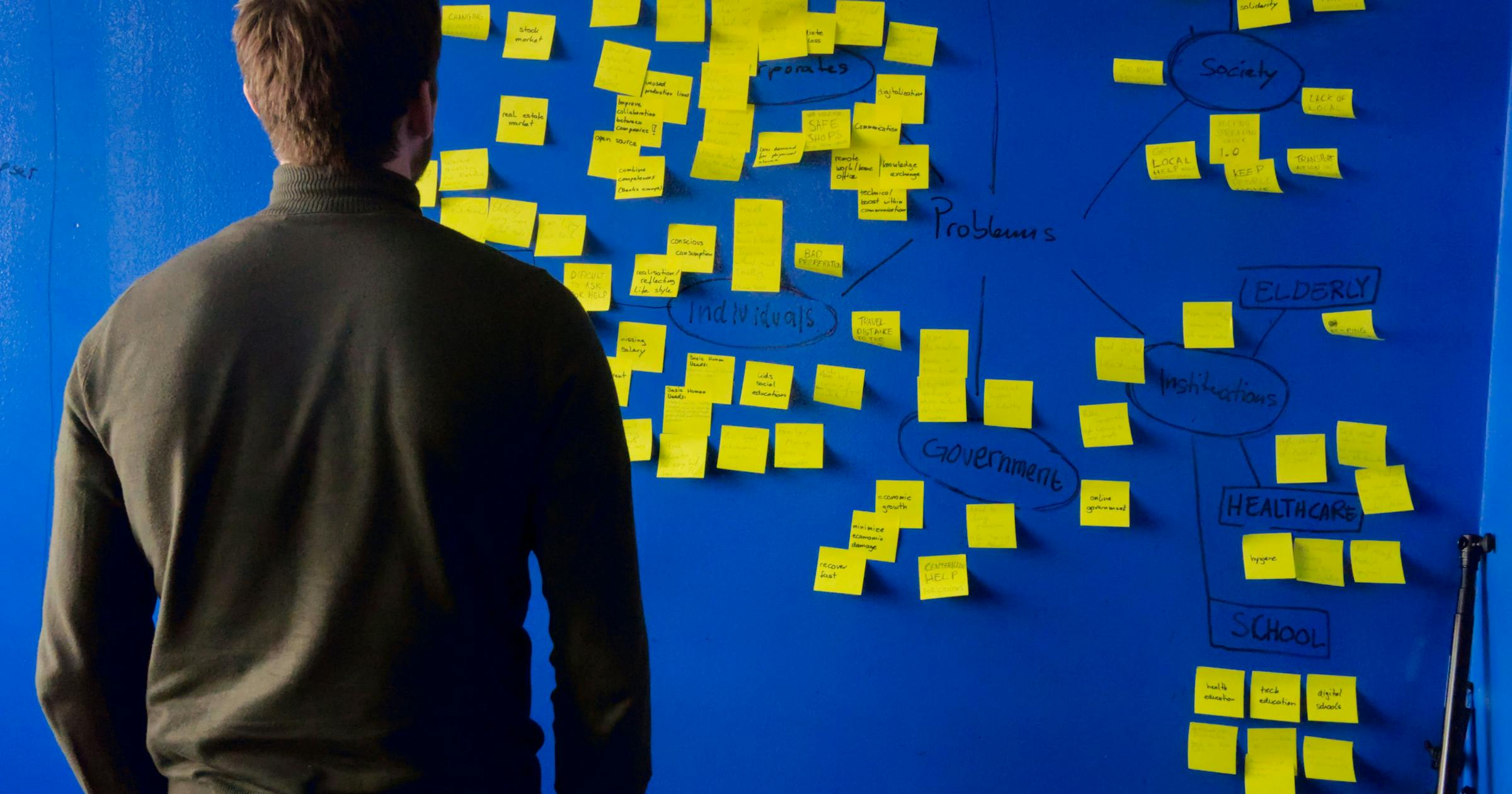Hiring velocity is the one metric I always keep coming back to whenever we’re helping a tech startup or scale-up build out their engineering or product teams across borders.
And I’m going to be honest with you…
In my experience, it’s often the single clearest indicator of whether you’re going to outpace your competitors or constantly play catch-up.
The best talent is in high demand and won’t wait around for you.
When we start onboarding a new client, one of the first things we look at is how quickly they can move a candidate from the very first conversation through to a signed contract.
What we’ve found is that the companies that can execute this with precision tend to dominate their markets faster, and it’s rarely by accident.
I’m typically looking for three things:
- How well the team can keep candidates engaged at every stage of the process.
- Whether decision-makers are aligned and ready to move fast when the right person appears.
- If the recruitment workflow removes unnecessary delays without sacrificing quality.
Hiring velocity tells me instantly whether a business has the operational discipline to scale globally without losing momentum.
That’s why our team at Remote Crew builds recruitment processes designed to hit ambitious hiring goals without compromising on the quality of talent.
What Is Hiring Velocity & Why It Matters
We’ve tested plenty of recruitment strategies over the years, and the constant thread in every successful global build-out has been maintaining strong hiring velocity.
For us, it’s the measure of how efficiently you can identify, evaluate, and secure the right technical talent before someone else does.
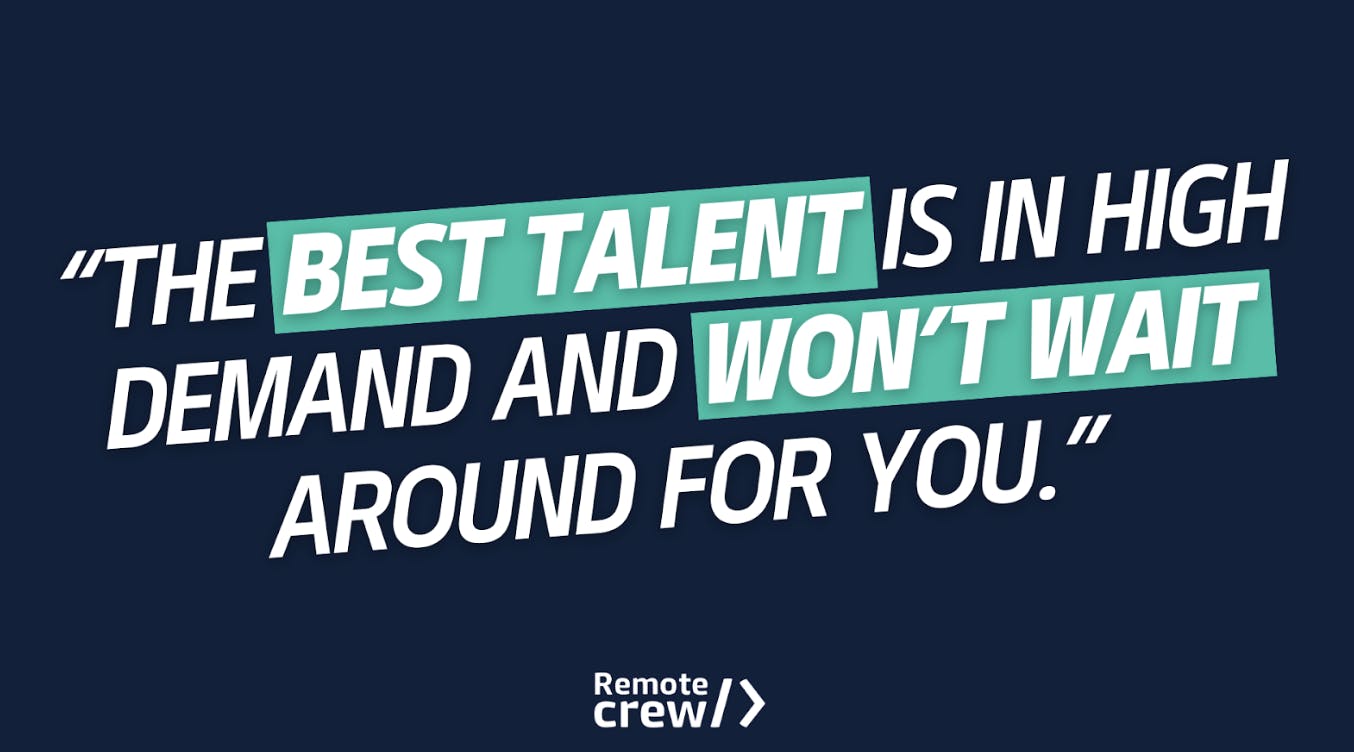
Here’s what surprised us: in some regions, even a two-day delay in sending out an offer letter can mean losing your top choice to another company.
We’ve seen this play out repeatedly, especially when sourcing software engineers in high-demand markets.
In our opinion, the biggest mistake companies make is thinking of hiring velocity as a “nice to track” number. For startups and scale-ups, it’s the lifeblood of scaling quickly and effectively in multiple markets.
How We Measure Hiring Velocity
We like using a simple calculation:
Hiring Velocity = Number of positions filled ÷ Time to fill positions (in days)
For example, if you fill 20 roles in 100 days, that’s 0.2 roles per day. But we don’t stop there.
We also track:
Net Hiring Score = (Net hires this period – Departures this period) ÷ Total headcount at the start of the period.
Net Hire Ratio = (Hires – Departures) ÷ Total hires.
This didn’t work for us when we only focused on the first formula, because it ignored churn.
Tracking the net figures helps us see whether we’re genuinely growing or just replacing departures.
The Global Hiring Velocity Roadblocks
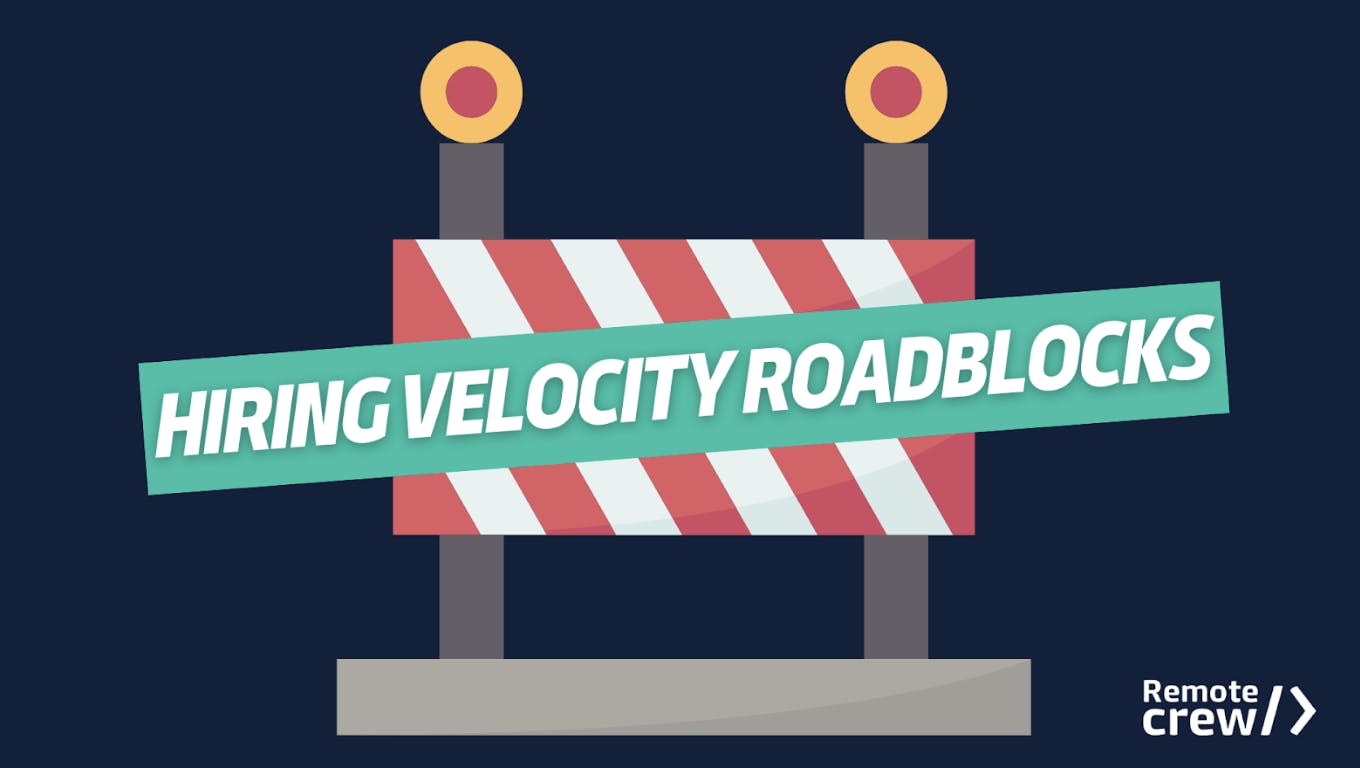
Scaling technical teams internationally is not just a copy-paste of your domestic process. Here’s what we’ve found slows hiring velocity most:
Localized Recruitment Processes
We’ve tested standardizing every step across markets, but it always broke down because compliance rules vary so much.
In some countries, background checks are quick; in others, they can take weeks. You have to account for that.
Cultural & Language Barriers
When we are interviewing in markets where English isn’t the primary language, we always allow extra time for clarification. Misunderstandings in technical discussions can cause unnecessary delays.
Time Zone Challenges
We like to think time zones can be “worked around” until we’re trying to coordinate between San Francisco, Berlin, and Sydney.
It’s a massive headache.
Sometimes, we’ve had to stagger interview panels over several days just to make it work.
Access To Talent Pools
In our opinion, one of the biggest myths is that global hiring automatically means bigger talent pools. The truth is, some regions are rich in certain skills but scarce in others.
How We Increase Hiring Velocity For Global Clients
We’ve tested dozens of approaches and found a few that consistently deliver results for startups and scale-ups building technical teams worldwide.
When I work with a client, I want to focus on:
- Optimizing their recruitment processes.
- Developing their tech stack.
- Building partnerships with local experts.
- Streamlining all decision-making.
- Strengthening employee branding.
Yes, optimizing your recruitment processes and removing any potential bottlenecks are obvious ways to increase hiring velocity.
However, I also look at other areas, such as building partnerships with local experts and strengthening employee branding.
I help companies target their ideal candidates with pinpoint precision.
Why? Because we need to engage exceptional talent… fast.
If we take too long, it creates a window of opportunity for competitors to swoop in and hire the talent.
Here’s how I speed things up:
Recruitment Processes
Standardized workflows save time, but we always leave room for regional adjustments.
This didn’t work for us when we tried a rigid, one-size-fits-all system because local flexibility is critical.
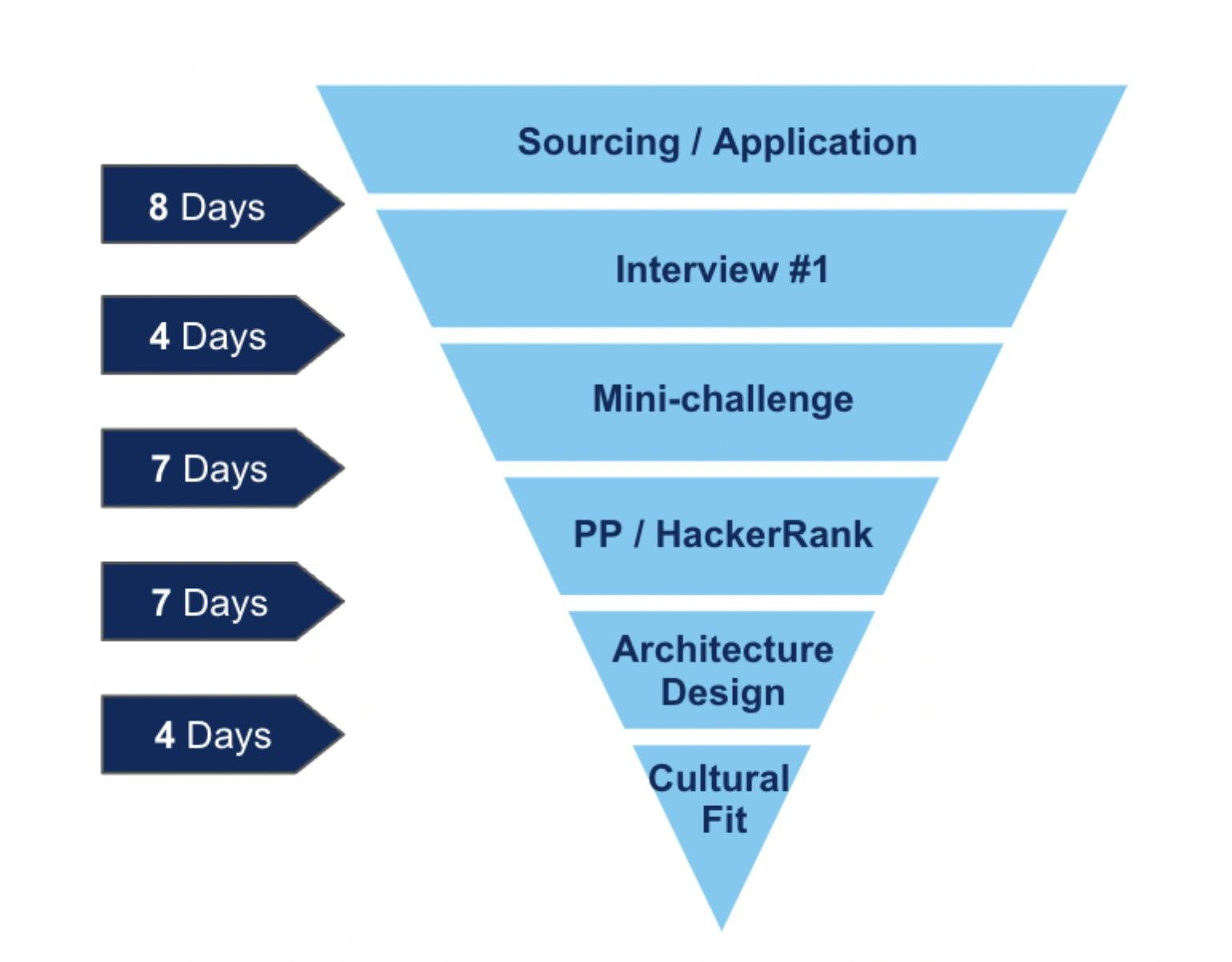
Recruitment Tech Stack
Applicant tracking systems and AI tools are huge time savers.
We like using these because they free up our recruiters to focus on deeper candidate engagement instead of repetitive admin tasks.
Partnerships
We’ve seen the difference this makes.
Working with trusted local recruiters helps navigate compliance, cultural expectations, and salary benchmarks.
Rapid Decision-Making
What we’ve found is that the longer a decision sits in committee, the higher the chance of losing the candidate.
Centralized hiring leads with localized input often produce the best outcomes.
Employer Branding
In some markets, your brand story matters more than your salary offer.
Candidates want to see innovation, impact, and cultural alignment before they commit.
Why This Metric Is Non-Negotiable For Us
When we are advising founders and talent leads, we make it clear that hiring velocity affects far more than “speed.”
In our opinion, hiring velocity dictates whether you can keep pace with product roadmaps, investor expectations, and competitor movements.
We’ve seen companies with ambitious expansion plans fall behind simply because their hiring process couldn’t keep up with their growth targets.
Every week lost to a drawn-out recruitment cycle is a week your product isn’t shipping new features, your customers aren’t getting better support, and your sales team isn’t backed by the technical talent they need.
Time-to-Market
If you can’t assemble a technical team quickly in a new region, you’ll miss the first-mover advantage and give competitors the space to dominate.
Retention Rates
A smooth, respectful process leaves candidates excited to join and increases the likelihood they’ll stay long term.
Recruitment ROI
Every day a role stays open costs money in lost productivity, recruitment advertising, and managerial time.
We like to think of hiring velocity as the multiplier effect in recruitment. Faster, smarter hiring compounds over time, unlocking new market opportunities sooner and keeping your growth trajectory intact.
Why Speed Is Everything In Global Recruitment
We’ve helped companies that thought their hiring was fast enough, only to show them they could move twice as quickly without losing quality.
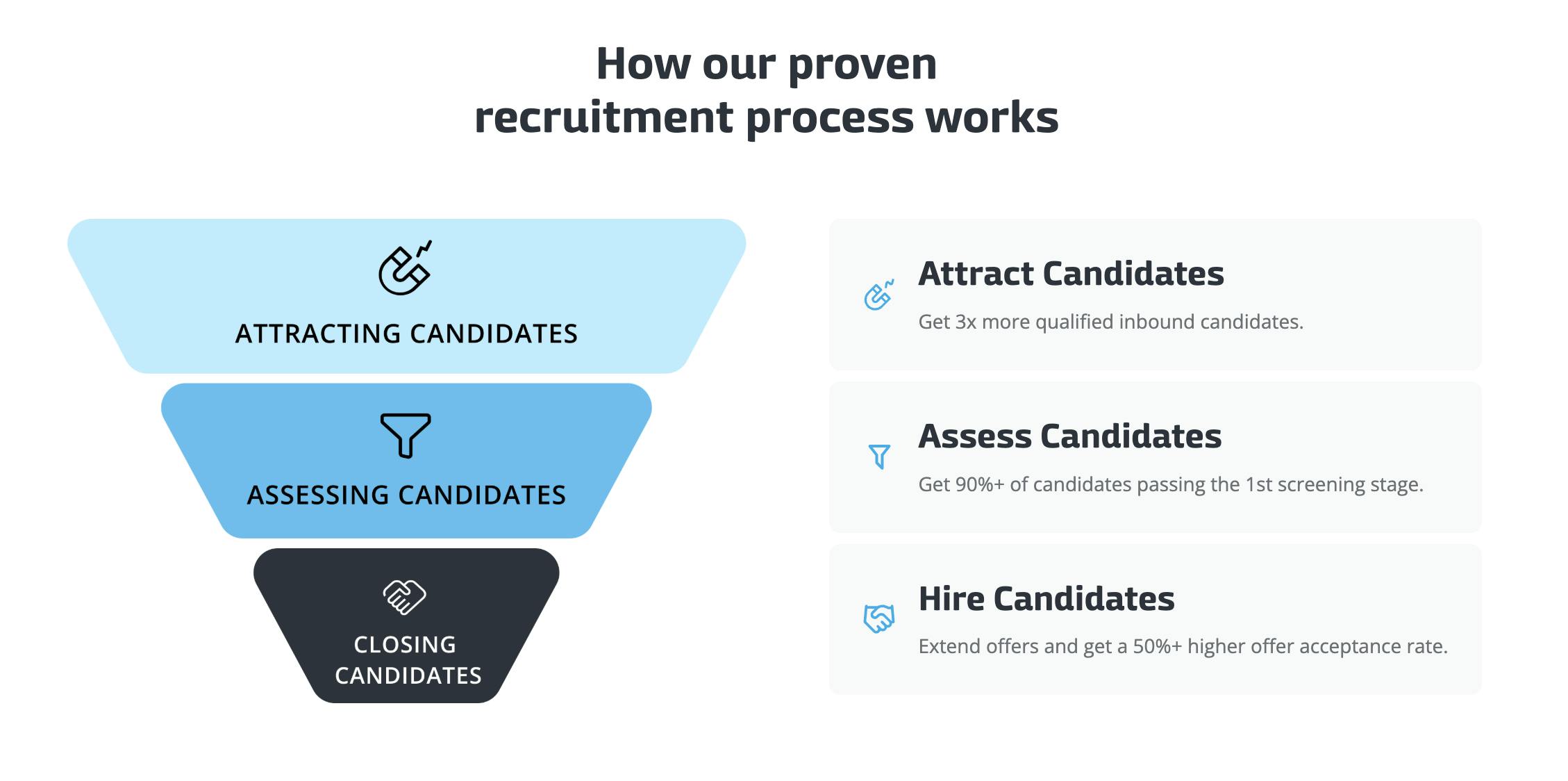
The reality is, you can’t afford to hire slowly in the current tech talent market.
We’ve tested, refined, and rebuilt processes to ensure clients secure the right people before the competition.
Technology accelerates the process, local expertise keeps it compliant, and clear workflows keep it consistent.
If you’re scaling across borders, your hiring velocity is either your biggest advantage or your biggest bottleneck.
The difference comes down to whether you have the right recruitment partner, and that’s exactly where Remote Crew comes into play.
I want to help you change the way you hire remote developers and technical talent.
Start hiring with Remote Crew today, and get your free hiring playbook.
Tech hiring insights in your inbox
From engineers to engineers: helping founders and engineering leaders hire technical talent.
We will only ever send you relevant content. Unsubscribe anytime.


